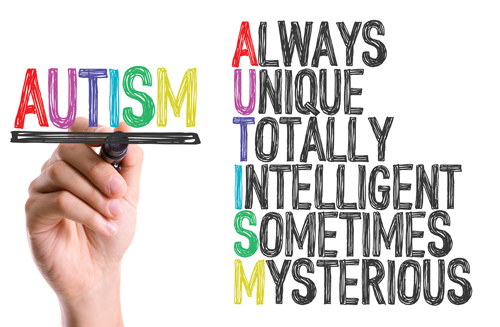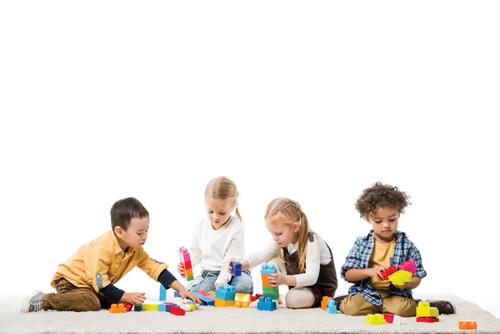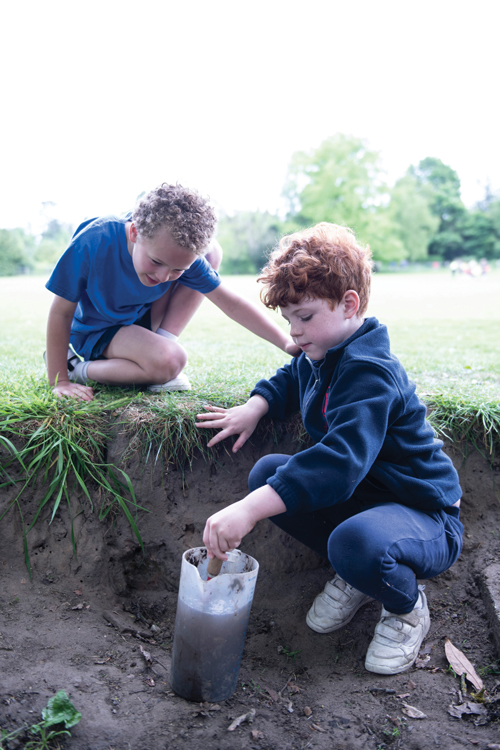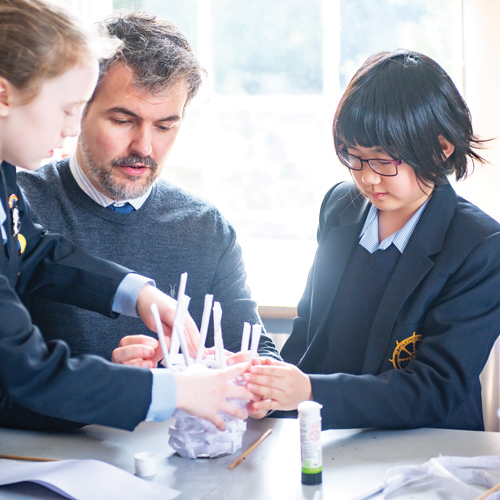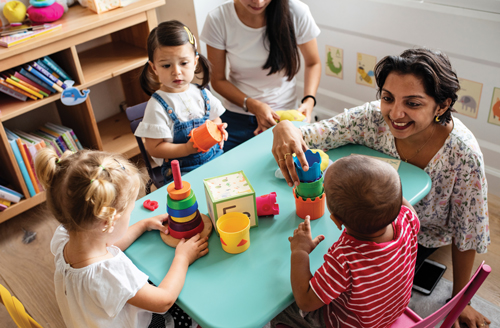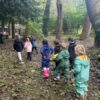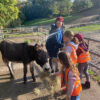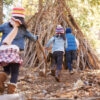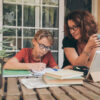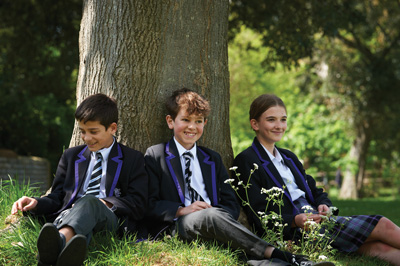
by Mrs Sarah Bakhtiari
Principal of Shoreham College
As a headteacher I have witnessed countless children embark on the exciting journey from primary to secondary education. This pivotal moment can be both exhilarating and daunting, not only for the children but also for their parents. In this article, I aim to shed light on this significant transition, emphasising the importance of collaboration between parents and schools, and offering guidance on how to navigate this new chapter with the aim of making it the best it can be for the young person.
Parents: The experts in their child
Parents, you are the experts when it comes to understanding your child. You have nurtured them, watched them grow and know their strengths and areas for development better than anyone else. As your child embarks on this new adventure, remember that your insights and observations are invaluable. Share your knowledge with their new school, as it will help create a holistic understanding of your child’s abilities and needs.
Schools: The experts in education
Schools, on the other hand, are the experts in education. We have dedicated our lives to understanding how children learn, grow and thrive academically and socially. Trust that we will provide the necessary support and guidance to ensure a smooth transition for your child. By working together, we can create an environment that nurtures their potential and fosters their personal growth.
Listening to each other
It is essential to recognise that children can present differently at home and at school. They may exhibit behaviours or emotions that are unfamiliar to you, as they navigate this new environment. It is crucial for both parents and schools to listen to each other, sharing observations and insights to gain a comprehensive understanding of the child’s experiences. By doing so, we can collaborate effectively and provide the best possible support for your child’s development.
The emotional roller coaster
It is natural to feel a mix of emotions as your child moves to secondary school. However, it is important not to let these emotions overwhelm you or your child. Getting on an emotional roller coaster with your child can hinder their ability to adapt and thrive in their new environment. Instead, focus on maintaining a positive outlook, offering reassurance, and celebrating their achievements along the way. Your calm and uplifting presence will provide the stability and confidence your child needs during this transition.
Embracing the journey
Moving from primary to secondary school is a significant milestone in your child’s life. It is a time of growth, self-discovery and new opportunities. Encourage your child to embrace this journey with an open mind and a positive attitude. Remind them that they are capable, resilient and ready to take on new challenges. Encourage them to make new friends, explore new interests and seek support when needed. By doing so, they will develop the skills and confidence necessary to thrive in their secondary school years.
The transition from primary to secondary school is an exciting and transformative period for both children and parents. By recognising that parents are the experts in their child and schools are the experts in education, we can create a true partnership that supports the child’s holistic development. Remember to listen to each other, celebrate achievements and maintain an open and honest dialogue. As a partnership, we are best placed to ensure that this transition is a warm, friendly and uplifting experience for all involved.
Please call 01273 592681 to find out more about what Shoreham College can offer you, or to arrange a personal visit at any time of the school year. www.shorehamcollege.co.uk

